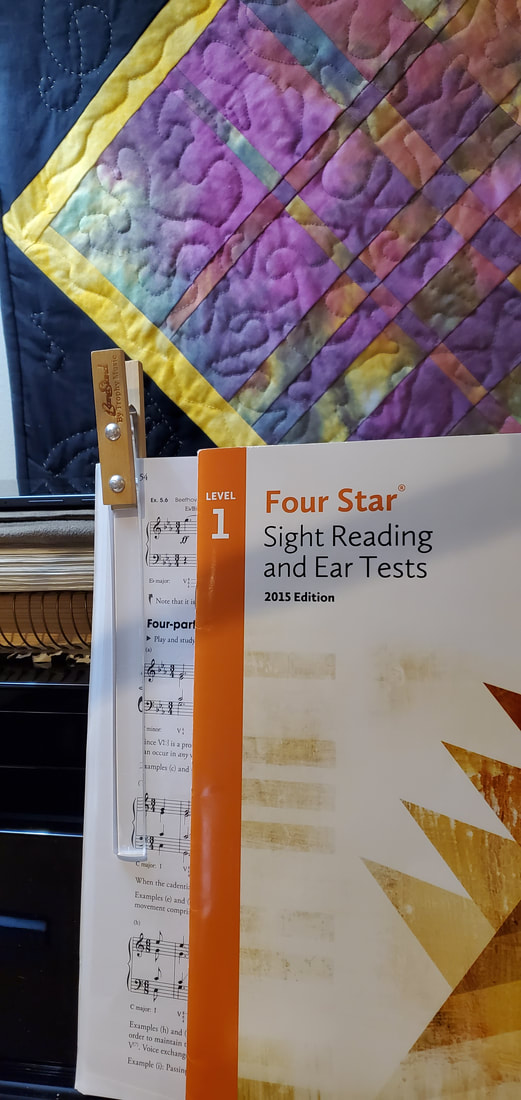|
It is two months before the big date. What do you do? How do you practice?
Some thoughts:
David
0 Comments
Your comment will be posted after it is approved.
Leave a Reply. |
You've got to learn your instrument. Then, you practice, practice, practice. And then, when you finally get up there on the bandstand, forget all that and just wail. AuthorI'm a professional pianist and music educator in West Toronto Ontario. I'm also a devoted percussionist and drum teacher. Categories
All
|

 RSS Feed
RSS Feed